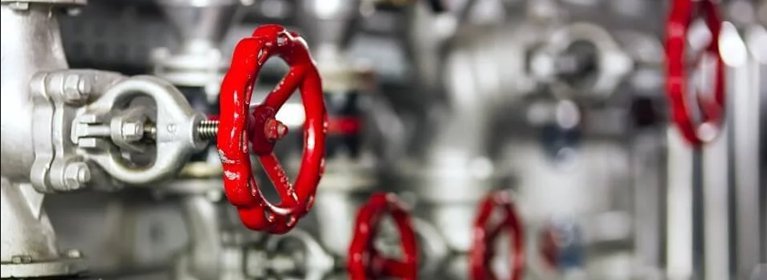Let’s face it, as humans we’re nothing without habits. Habits keep us sane, and without them we’d descend into anarchy. Nothing would get done.
But, with good habits come bad ones, and bad habits can lead to productivity issues that cost employers a yearly sum of $1.8 trillion dollars.
As a design engineer, falling into bad habits is not good for workplace productivity, destroying the creative process of application design entirely. Here are seven bad habits to avoid.
Habit #1: Rabbit trails
We’ve all been there: you’ve got this mind-blowing idea that you think will revolutionize manufacturing, only to find that after three days of hard work, you’ve reached a dead end and the idea is no longer suitable.
Rabbit trails are dangerous. Sure, ideas are a great thing, but chasing them without considering their viability is time well wasted.
Habit #2: Checking your phone
On average, a person spends 1.15 minutes on a task before an interruption takes place, most of which are usually self-inflicted.
For example, a person will check their cell phone 150 times in the day. As a creative, designing applications requires a lot of thought and focus, and cell phones are the perfect excuse to avoid doing any real thinking at all.
Habit #3: Multi-tasking
The worst habit of them all. Multi-tasking is known to decrease productivity by 40 percent. Doing multiple things at once makes us feel like the hardest worker in the room, but in reality we’re just spreading ourselves too thin. Productivity relies on focus. Do one job well, rather than multiple jobs poorly.
Habit #4: Lack of routine
‘The secret of your future is hidden in your daily routine.’
The words of American singer and pastor, Mike Murdoch. Isn’t he right, though? Strong routines lead to greater productivity and, in turn, greater results in the future.
By failing to schedule your day, it leaves you susceptible to mind-clogging thoughts like ‘what am I doing in an hour?’ and ‘how long should this take me?’ Take care of the planning, and you’ll be free to focus on the work at hand.
Habit #5: Setting strict schedules
On the flip side, setting strict schedules can be just as bad a habit as failing to set any schedule at all.
Design work and creativity require space for thought, it requires a concentrated effort. Strict schedules will have you striving for the next thing before you’ve wrapped up what you’re working on, and you’ll constantly feel disappointed when you fail to stick to the plan.
Habit #6: Failing to measure results
Seeing results is an important part of achievement, and it’s a bad habit to design an application but never witness the outcome.
Without a measure of success, we struggle to find purpose, and without purpose we become unproductive. Be sure to take note when your designs come to life, and identify how successful each design has been.
Habit #7: Emails, emails, emails
Much like checking your phone, constantly checking your emails is one of the more addictive bad habits out there.
McKinsey estimate that employees spend approximately 13 hours a week reading and replying to emails, consuming a good 28 percent of their workweek. Think about how much work you could accomplish if you cut that figure down to just eight percent?
Technology to the rescue
Everyone has a different way of becoming more productive. Some step away from distracting things like technology, while others like to steer into the skid and use tools to help them become more efficient.
Almost half of employees feel more productive because of technology, according to Pew Research Center. Yes, technology is a cause for productivity concern, but used in the right way, it can streamline your workload and save you precious amounts of time. Just remember, to effectively speed up, you must first discover what slows you down.
North America - EN





